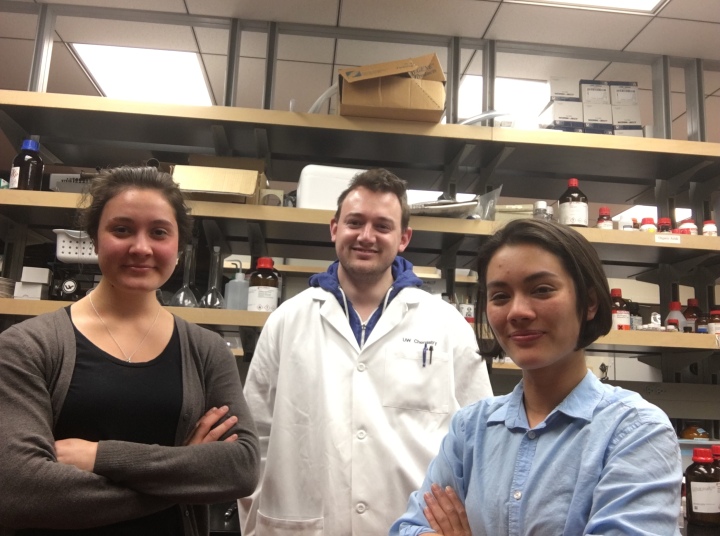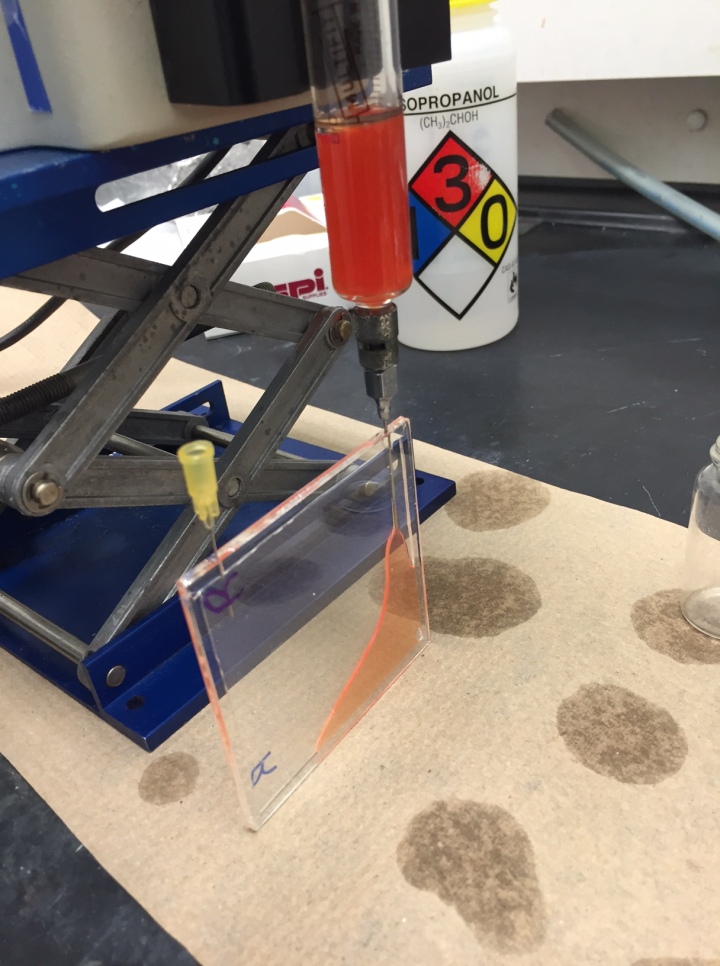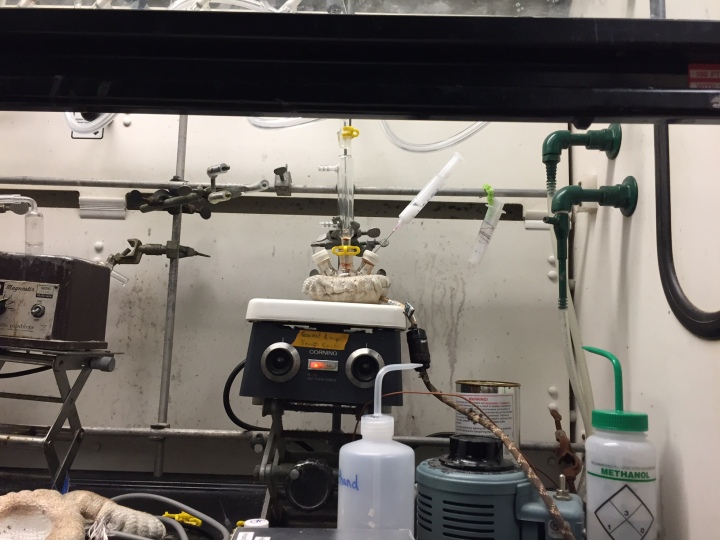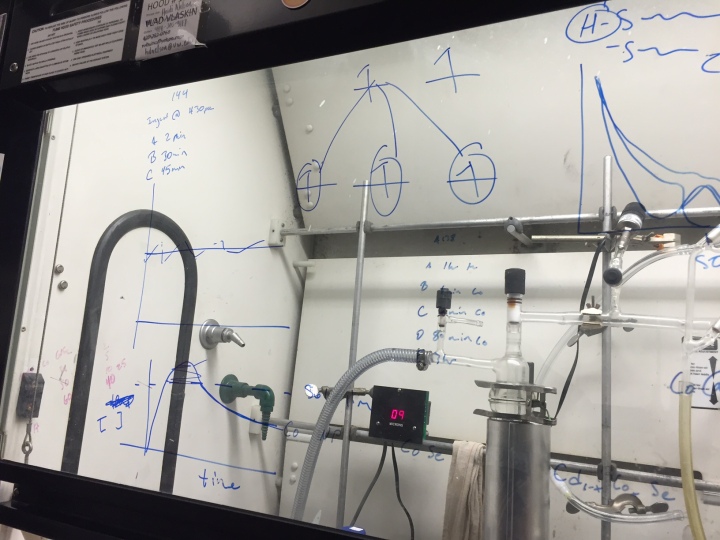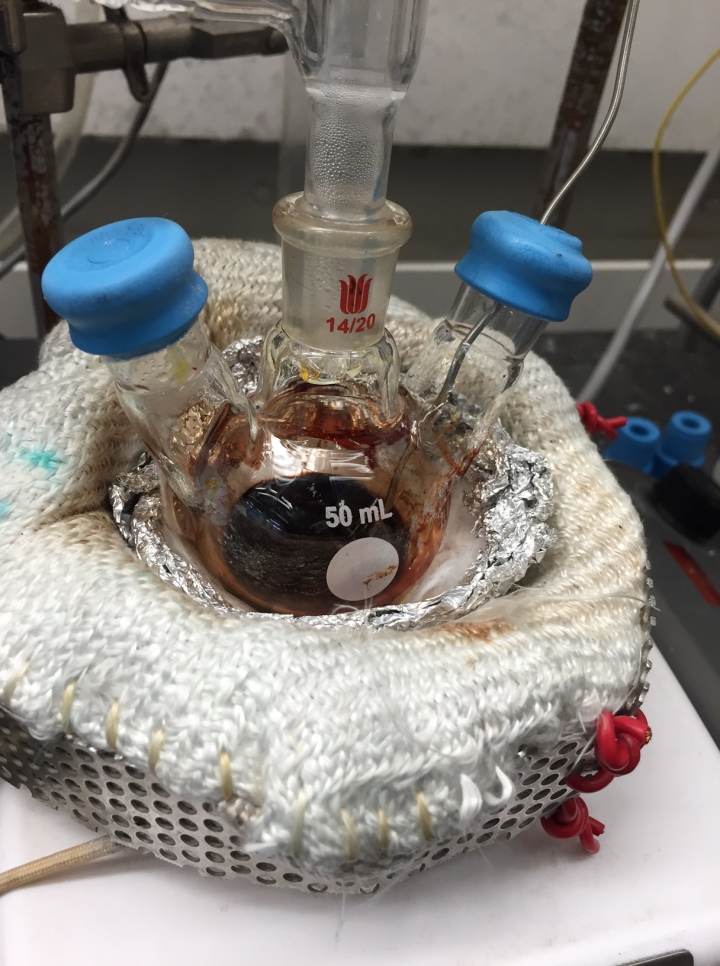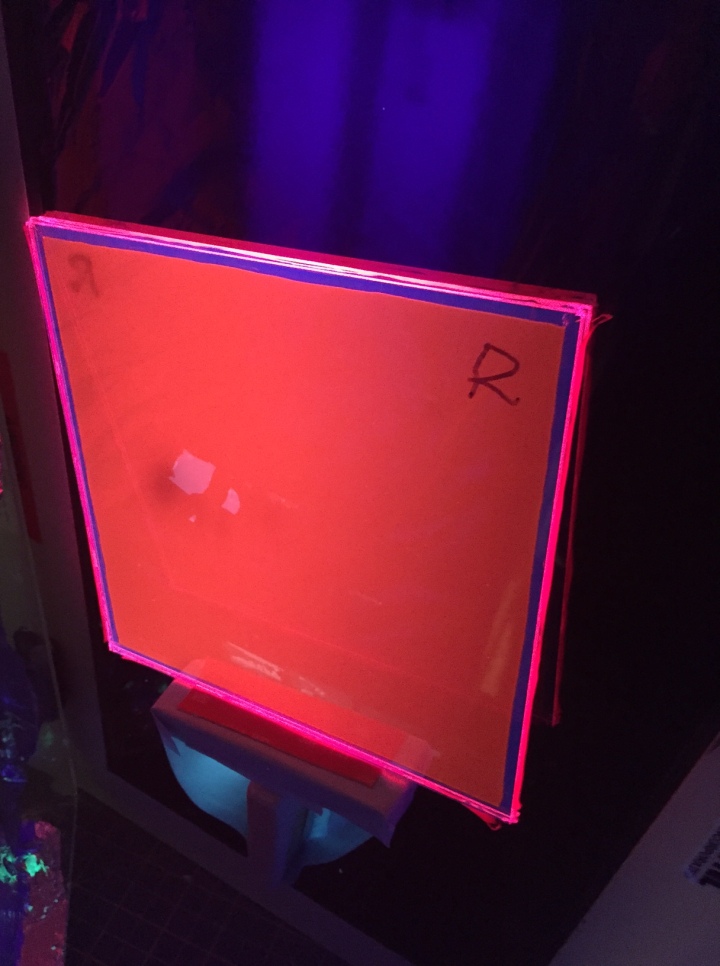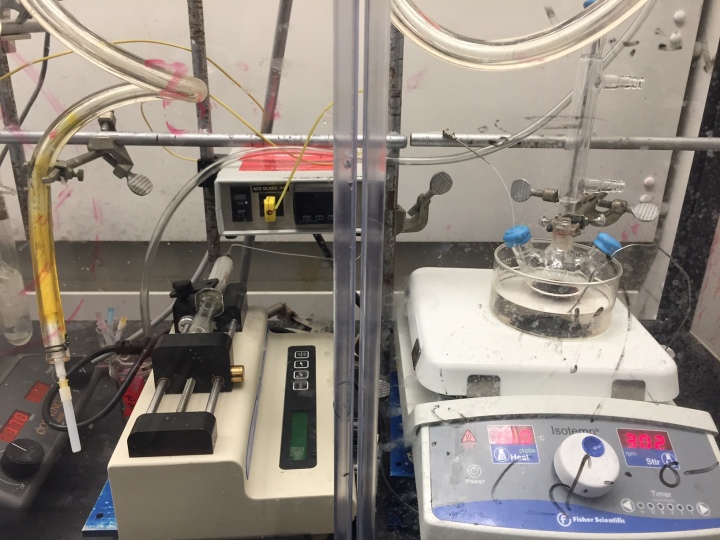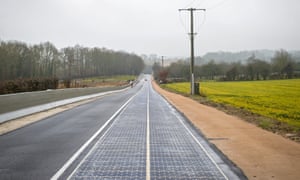Sometimes when I get caught up in all the talk about sustainability and saving the world, I forget about the fact I am a business student and should focus on how this project, and clean energy in general, will actually make money. Part of the academic competition process was writing a business plan of our enterprise and how we would take it to market.
That was due last Monday, and I know I spent about 24 hours over the weekend editing, revising, polishing, and figuring out how to provide the best document possible. I bet our project leader spent even more time, despite having multiple other projects due. And our advisors were available on call to meet with us, answer questions, and gently steer us away from dead ends. We won’t find out if we are accepted to the Environmental Innovation Challenge for a while, but it won’t be because we didn’t do the work.
One of the parts I was most proud of, that didn’t make it into the summary were the two markets I chose for us to focus on. We went for a more general go-to-market approach, which was surely the better option, but I did a LOT of research. So here’s one from an earlier draft.
Hawaii has the most expensive electricity in the United States at $.33 kWhr, and significant power generation still comes from coal and other fossil fuels. However, the state is the first in the nation to decree that 100% of power generation must come from renewable sources by 2045. While grid-supply agreements that allow customers to sell excess electricity to utilities have been popular and have almost reached imposed limits, self-supply systems are under-utilized. A commercial property may not be able to export excess energy, but savings on purchased power would be significant.
Hyatt Hotels Corporation is committed to sustainability at their properties in Hawaii as evidenced by their LEED- certified resort on Maui which includes a large solar farm. The Hyatt Place on Waikiki is a building that is well-suited for solar window installation and, being constructed in 1976, is due for renovation. Additional windows could be added during redesign, as Hyatt did with their other property on Waikiki, the Hyatt Regency. Partnering with a company with a property due for renovation and committed to sustainable practices is just one way windows manufacturers would enter this market.
There are obviously problems with this concept, for one the fact that the Hyatt Place doesn’t HAVE a lot of windows. But I am proud of the idea and how I backed it up. When I started the project I never thought I would have an idea of how to sell windows on Oahu, but this experience has been enlightening and fulfilling… while also being a lot of work sometimes.
